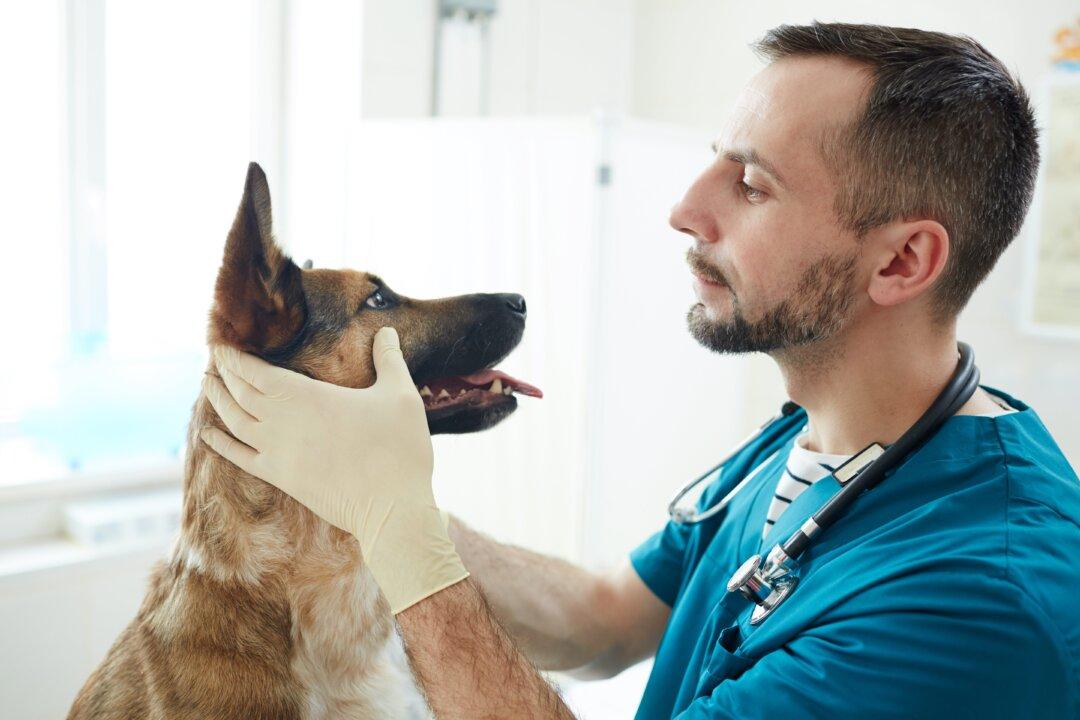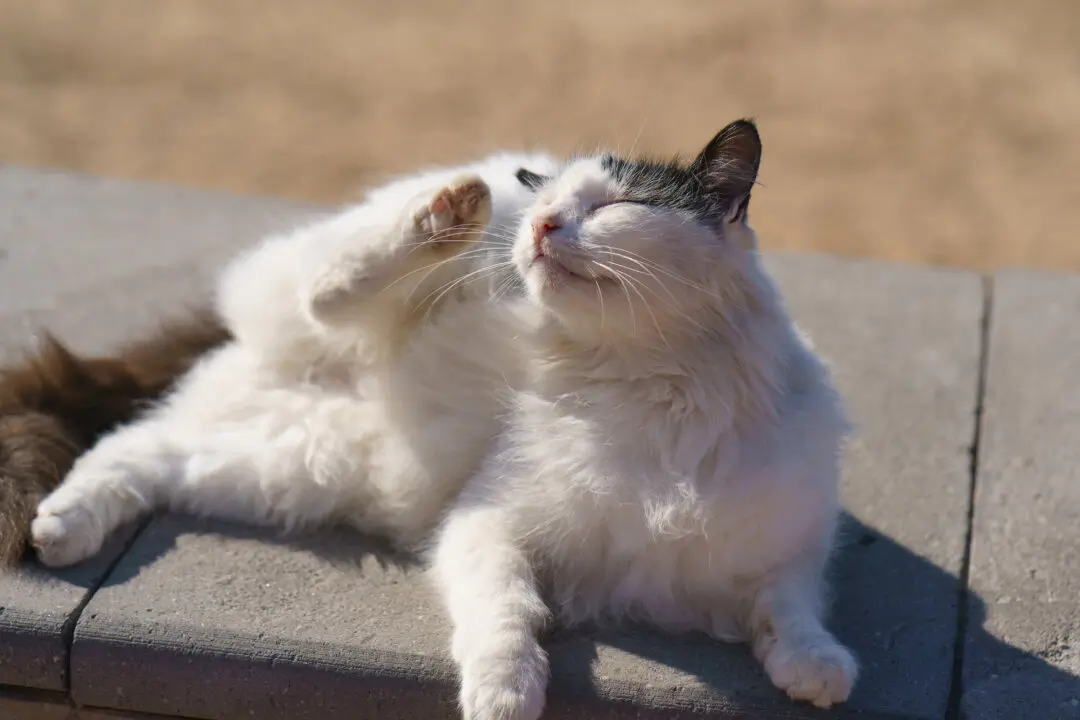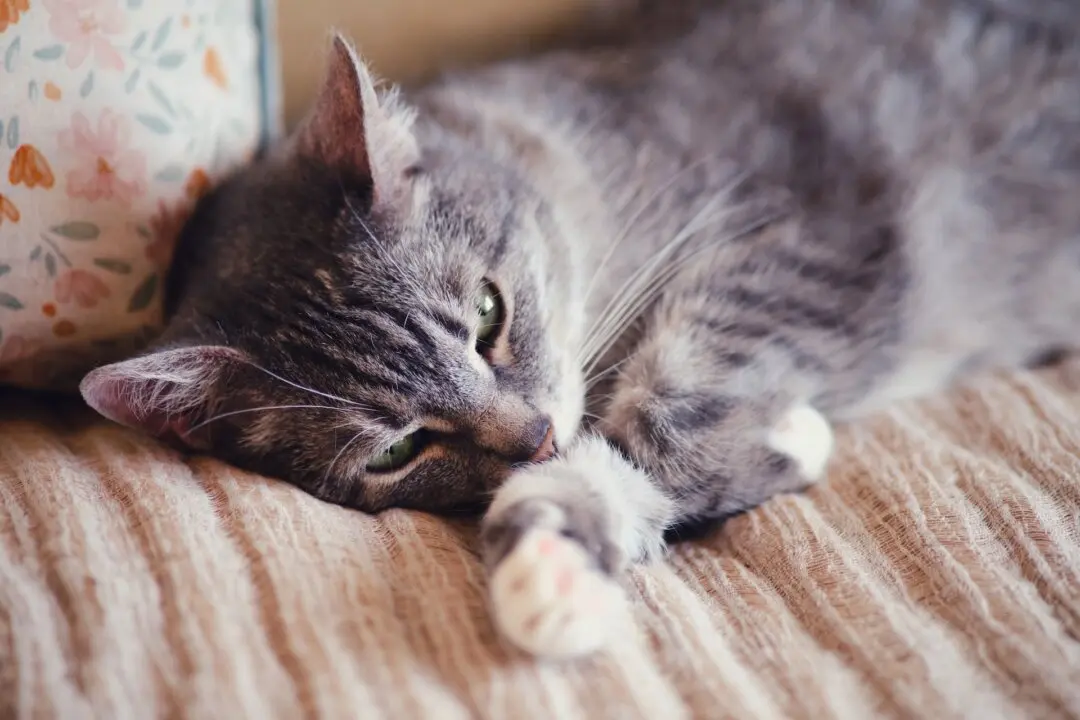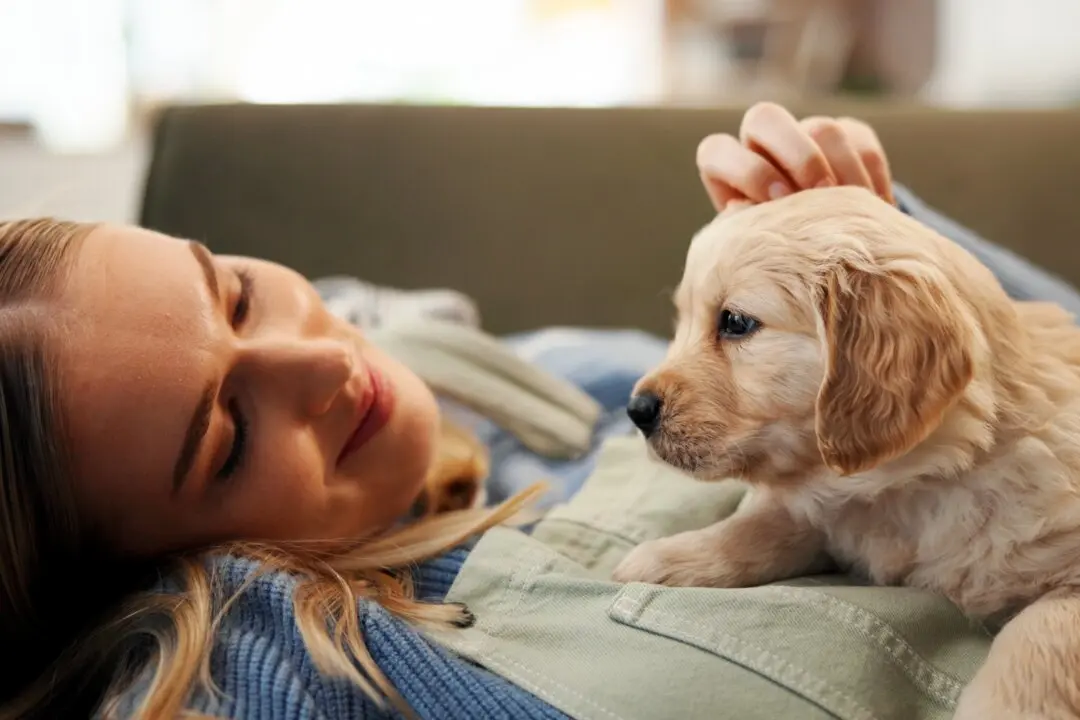Q: My dog recently developed a red eye. What causes this? Should I try putting human eye drops in his eye?
A: A red eye can result from any number of diseases, some of which threaten vision if not addressed quickly. So when you see a red eye, take your pet to the veterinarian immediately.





